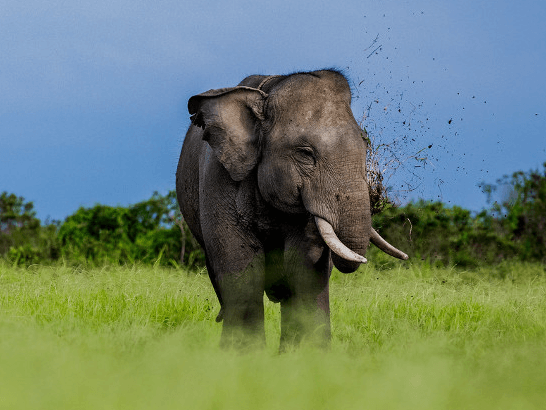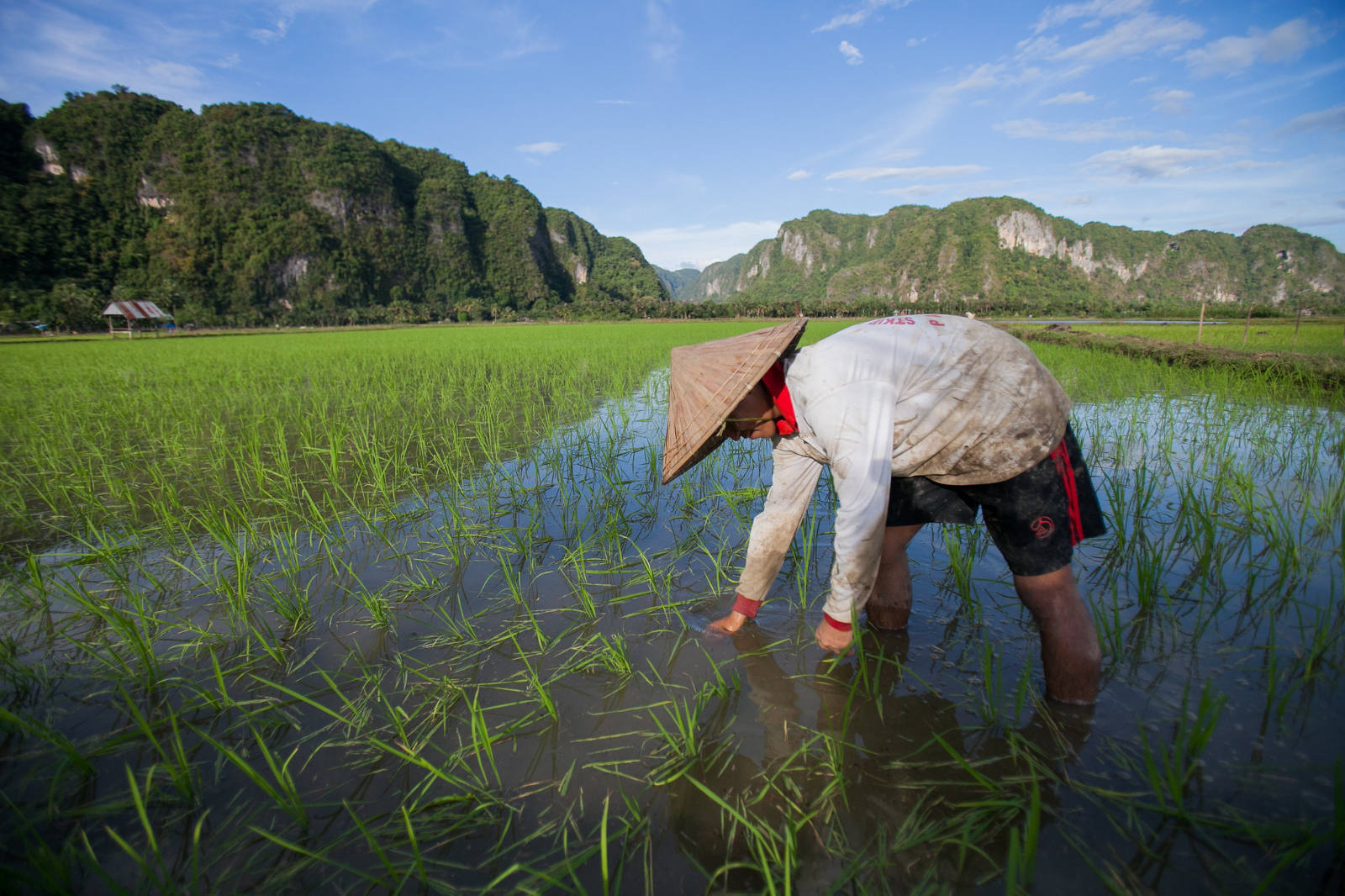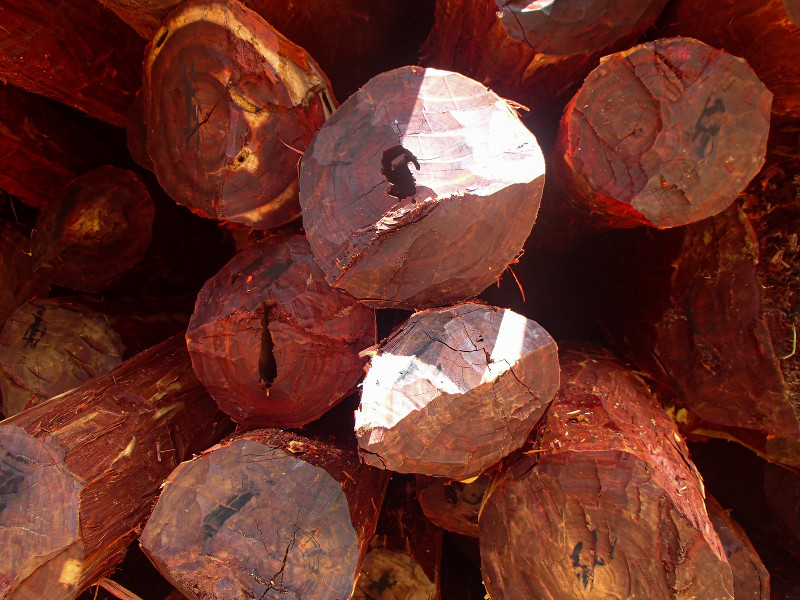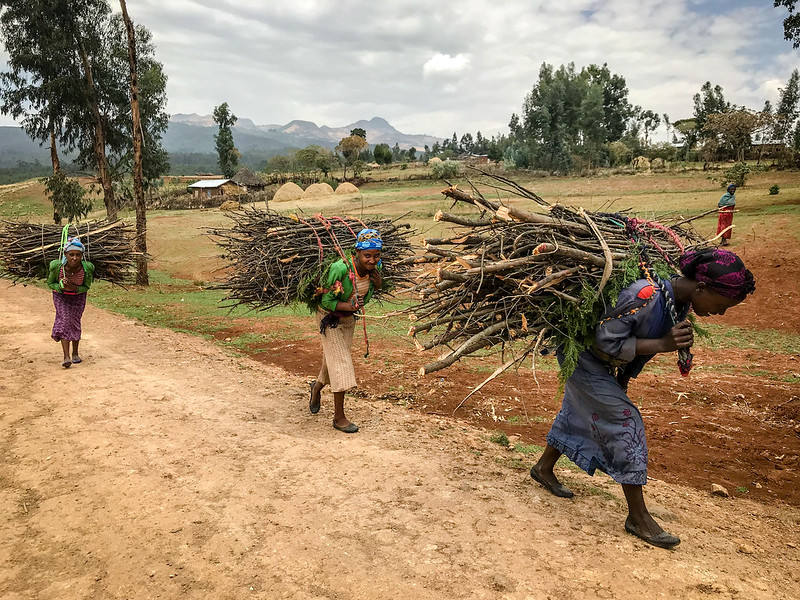Description
In the Government of Ethiopia’s (GoE) ten-year economic development plan (2021-2030), agriculture is the top-priority sector to respond to the growing population’s ever-increasing food and fuel demands. The plan lists enhancing agricultural production and productivity as one of its strategic pillars, which includes forestry. Tree production in Ethiopia is an integral part of crop and livestock production as trees are used for soil reclamation and improvement; construction of houses, facilities and fences; animal fodder and as the prime energy source. Another GoE objective is to enhance livestock health and the development of animal feeds, in which acacia and moringa have a role.
This project contributes to the Government’s priorities and economic reform plans by developing management options to protect, sustain and support tree production. The key objective of this research is to investigate management options for the three crops and develop capacity to ensure adoption in smallholder systems. Given the importance of reducing the impact and spread of pests and diseases, improving smallholder capacity is essential for tree health and agricultural biosecurity as part of a One Health approach. These tree crops are central to human and animal health.






















